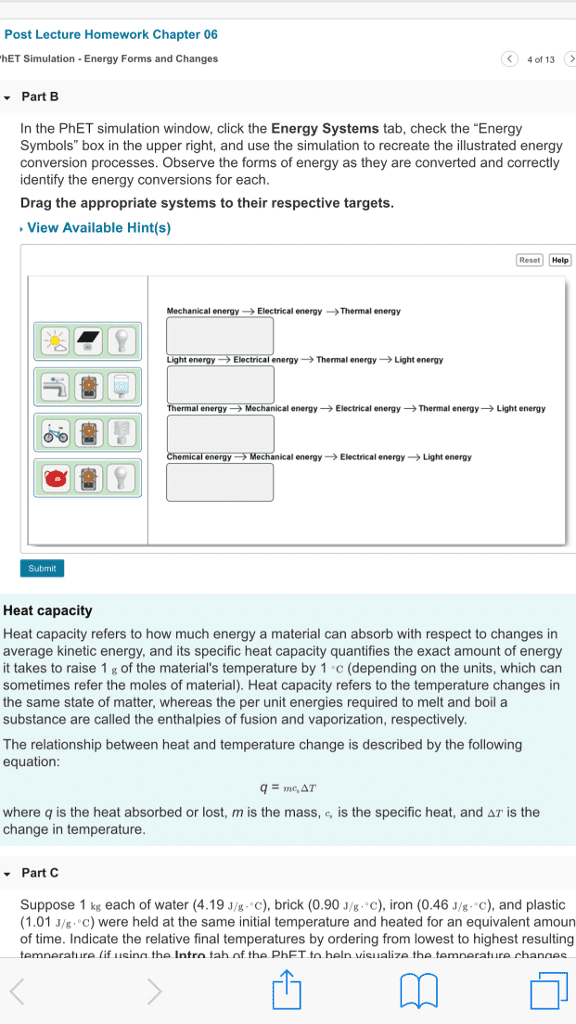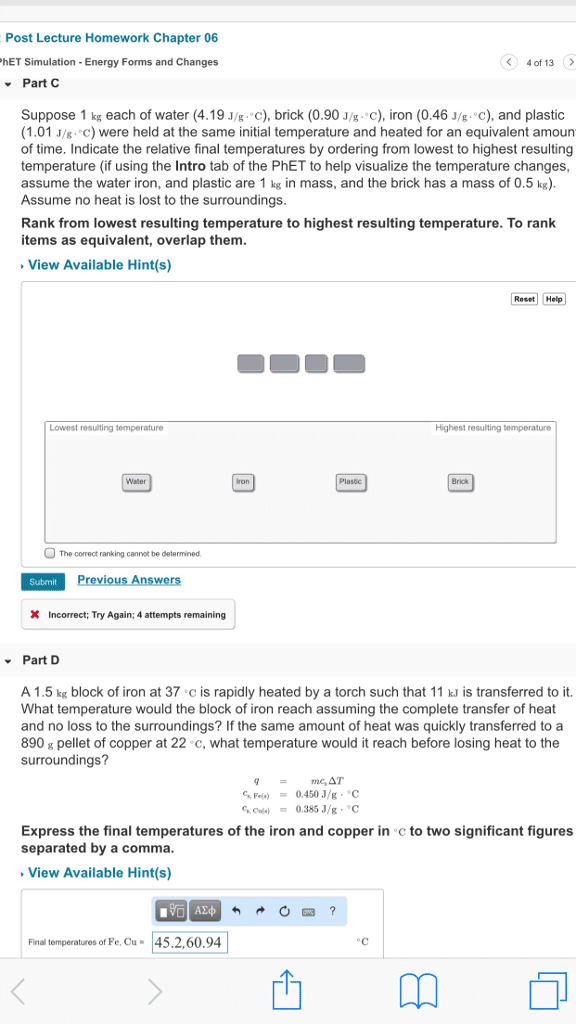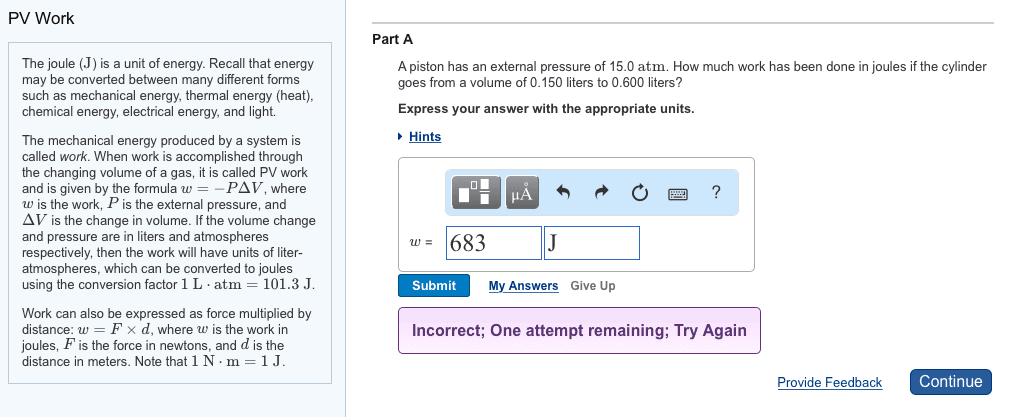CHEM1011 Lecture Notes - Lecture 20: Radiant Energy, Intermolecular Force, Rotation Around A Fixed Axis

Lecture 20: Introduction to thermodynamics
What is thermodynamics?
Much of the development of thermodynamics relates to understanding engines and their
efficiency and uses the (engineering) concepts of heat and work to understand energy in
chemical systems.
How do we observe energy?
Energy comes in six forms: chemical energy, electrical energy, radiant energy, mechanical
energy, nuclear energy and thermal energy.
We a idetif these i aious fos e.g. heial eeg i the oustio of fossil fuels;
electrical energy by a glowing light, radiant energy from the heat emitted from the light.
Energy unit = Joule
Calories vs calories
1 calorie= 4.184 J = energy to heat 1g of H20 by 1°C
1 Calorie= 1 kilocalorie = 1000 calories
What about atoms and molecules?
When studying chemistry, it seems natural to ask what is happening to atoms or molecules, so
let’s get that out of the a. Atos ad oleules store energy in several ways:
- Electronic: The allowed energies of electrons bound to atoms or molecules and
associated with the formation of bonds.
- Translation: The energy associated with motion of the centre of mass of an atom or
molecule.
- Vibration: Bond stretching or bending, like the motion of a spring - infrared.
- Rotation: Rotational motion around the centre of mass of a molecule.
- Nuclear: Allowed energies of nucleons in a nucleus - not relevant to most chemistry.
- Intermolecular Forces: The energy associated with intermolecular forces – e.g.
electrostatic, dipole-dipole, dispersion.
find more resources at oneclass.com
find more resources at oneclass.com
Document Summary
Much of the development of thermodynamics relates to understanding engines and their efficiency and uses the (engineering) concepts of heat and work to understand energy in chemical systems. Energy comes in six forms: chemical energy, electrical energy, radiant energy, mechanical energy, nuclear energy and thermal energy. We (cid:272)a(cid:374) (cid:862)ide(cid:374)tif(cid:455)(cid:863) these i(cid:374) (cid:448)a(cid:396)ious fo(cid:396)(cid:373)s e. g. (cid:272)he(cid:373)i(cid:272)al e(cid:374)e(cid:396)g(cid:455) i(cid:374) the (cid:272)o(cid:373)(cid:271)ustio(cid:374) of fossil fuels; electrical energy by a glowing light, radiant energy from the heat emitted from the light. 1 calorie= 4. 184 j = energy to heat 1g of h20 by 1 c. When studying chemistry, it seems natural to ask what is happening to atoms or molecules, so let"s get that out of the (cid:449)a(cid:455). Ato(cid:373)s a(cid:374)d (cid:373)ole(cid:272)ules store energy in several ways: Electronic: the allowed energies of electrons bound to atoms or molecules and associated with the formation of bonds. Translation: the energy associated with motion of the centre of mass of an atom or molecule.




